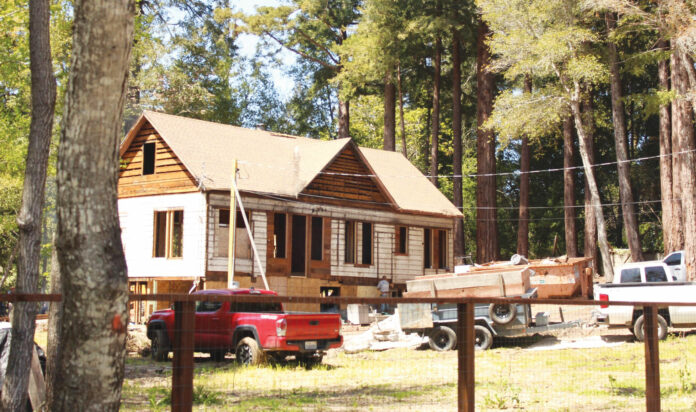Santa Cruz County recently received some unsettling, although not surprising, news that we are the most expensive rental housing market in the United States.
In rankings compiled by the National Low Income Housing Coalition, the Santa Cruz-Watsonville market topped even San Francisco, San Jose, Salinas and Santa Barbara when comparing area income to the average cost of renting a two-bedroom unit.
As a fourth-generation Santa Cruzan, I describe this news as not surprising because, while there are other factors that influence the cost of housing in our County—notably having low wages compared to the adjacent Silicon Valley—we have historically failed to produce new supply to meet demand until recently.
While we largely met our last Regional Housing Needs Allocation (RHNA) target of 1,314 new units set by the state in 2015, it will be a huge challenge to meet the next round, which is more than 350% higher at 4,634 new units.
RHNA is the number of units assigned to each County and City by the state based on population growth patterns and other factors. Combined with the County’s next Housing Element, which is in the process of being adopted now, the RHNA numbers represent a plan to ensure we have identified appropriate locations where housing may be built, with the expectation that roughly half of the units will be built for very low, low and moderate income residents.
The state-required Housing Element identifies where housing can be built to align with zoning and environmental regulations, as well as the County’s Climate Action and Adaptation Plan. Key considerations are the availability of water, energy and transportation resources, density of the surrounding neighborhoods, and the characteristics of the area that would accommodate appropriately sized housing.
That brings me to the biggest part of the Fifth District, the San Lorenzo Valley. The Housing Element does not change existing zoning in SLV. The basic one acre-one house zoning remains throughout most of the Fifth District’s rural areas as does the existing mixed-use zoning for housing and commercial use within some parts of the SLV town centers.
Single-family home residents will retain the right to remodel or expand, including adding an accessory dwelling unit (ADU) or tiny home, if they meet environmental, fire road access, set back and building code standards.
As many already know, the most significant barriers to building in the Valley are the cost of installing or updating onsite waste-water treatment systems (septic) and ensuring the road to the property meets fire access standards.
State standards regulating onsite waste-water systems and fire access roads have been tightened in recent years because of the proximity of many homes to waterways, the condition of soils in the Santa Cruz Mountains, and the fire danger ratings. These requirements also will not be affected by the Housing Element, and it is important to note the County does not have the authority to lower these state standards.
The Housing Element identifies opportunities for housing mostly within the existing urban services lines, or areas in the County where density already exists along transit corridors. The first draft of the County’s Housing Element has been posted to the County’s website and we need your input by the July 11 deadline. Learn more at the County’s Housing Element homepage at tinyurl.com/5n74rxn9.
Lastly, in an effort to streamline permitting for proposed housing projects, the Board of Supervisors on June 27 approved a request by me and Supervisor Manu Koenig to establish a Third-Party Plan Check program that will give property owners the option to submit plans for review to an approved consultant rather than County staff exclusively. We brought the idea forward largely to address a shortage of staff in the Planning Division, which as of last month had an average processing time of 107 days for a remodeling permit and 197 days for an ADU.
The Community Development and Infrastructure Department, which includes the Planning Division, will have 90 days to develop the program, including creating an application form, an approved list of Third-Party Service Providers, and any necessary amendments to the County Code and Unified Fee Schedule. Once launched, all eligible permit applicants will be notified of their right to utilize independent plan-check services.
We hope these initiatives by the County will help us meaningfully address both the cost and availability of rental units, as well as the general supply of affordable housing in the community.
Bruce McPherson is the Fifth District Supervisor for the County of Santa Cruz, including the San Lorenzo Valley and parts of the cities of Santa Cruz and Scotts Valley. His views are his own and not necessarily those of the Press Banner.













